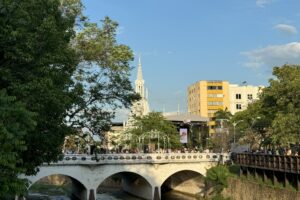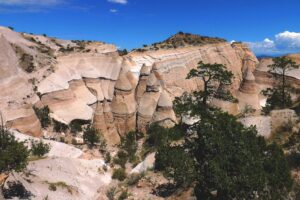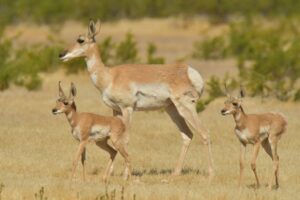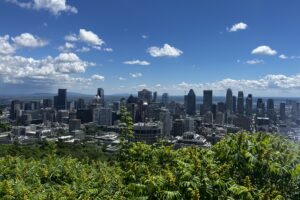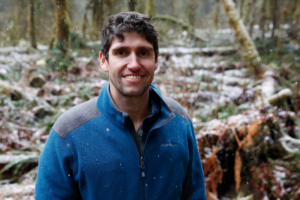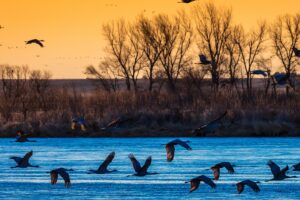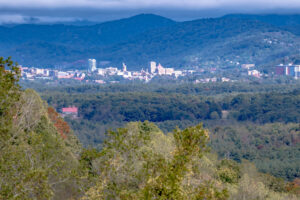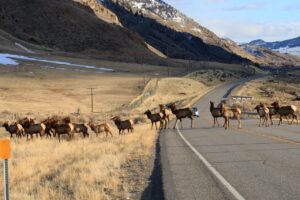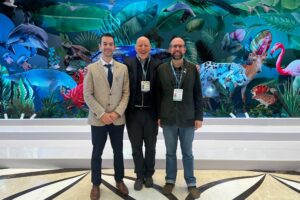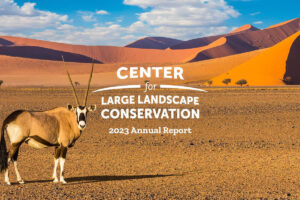Highlights from the 2024 UN Biodiversity Conference
The recent UN Biodiversity Conference was held under the theme “Peace with Nature.” This 16th Conference of the Parties to the Convention on Biological Diversity (CBD/CoP-16) attracted an unprecedented 23,000+ delegates attending official negotiations and side events inside the security perimeter of the “Blue Zone,” while the public “Green Zone” drew approximately 40,000 visitors each day. The Center for Large Landscape Conservation was honored to send four staff members to participate at the conference in Cali, Colombia to continue advancing efforts for connectivity conservation around the world.
